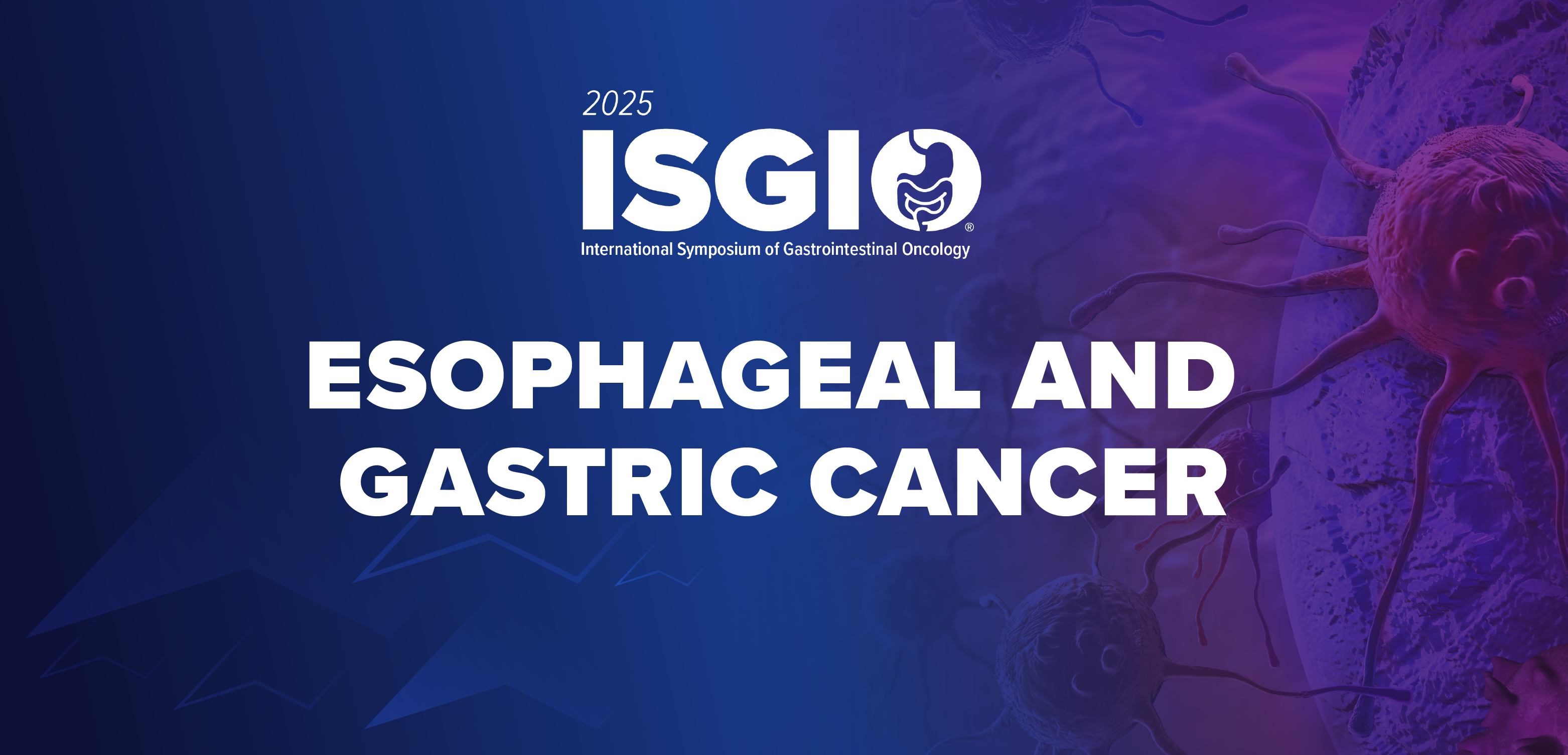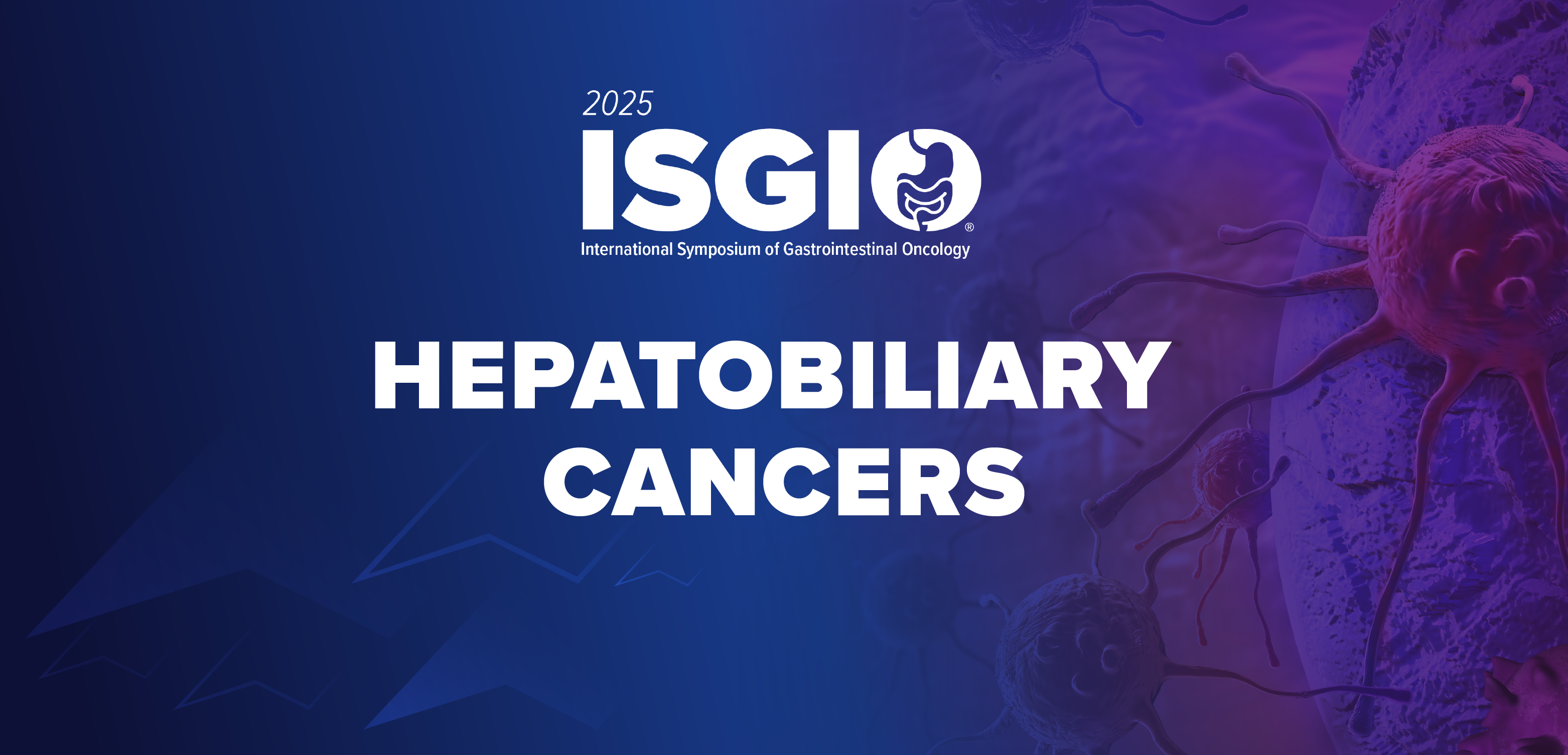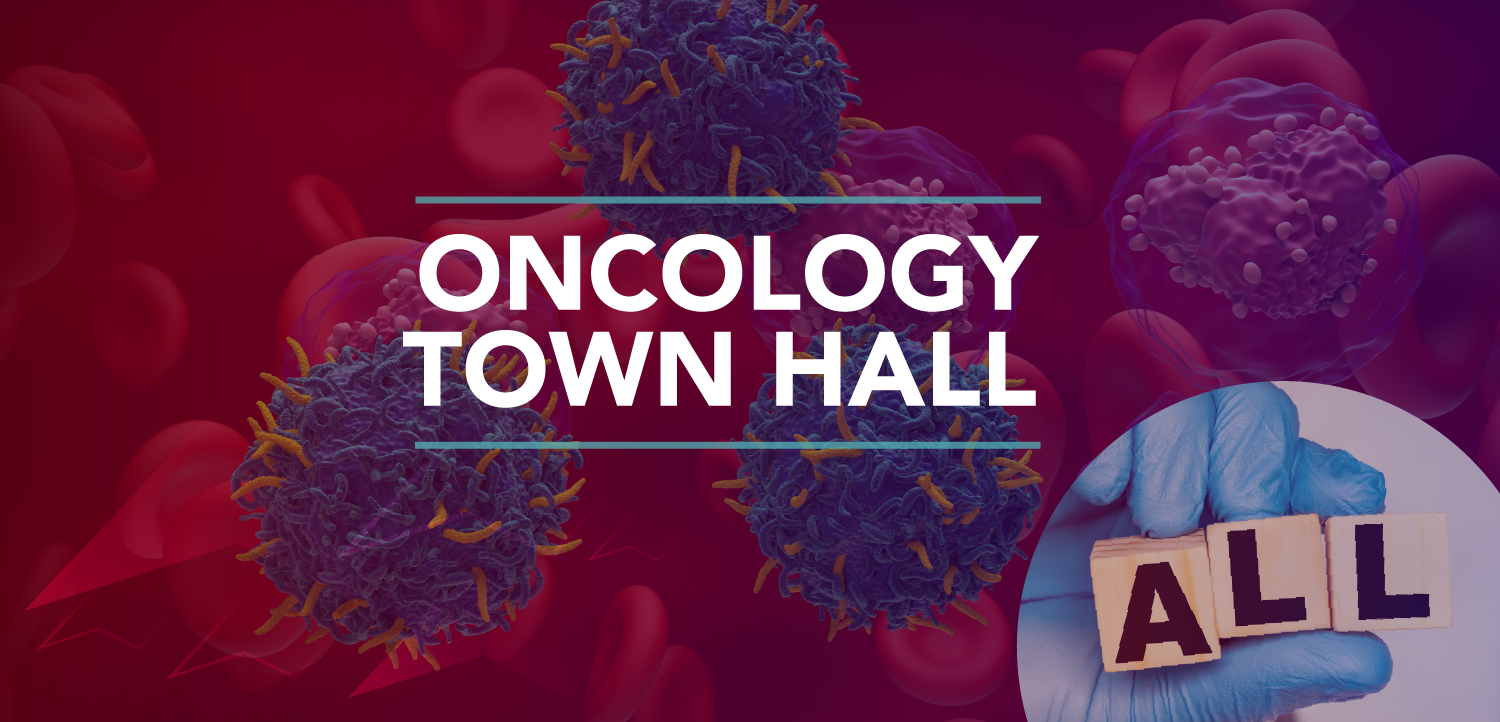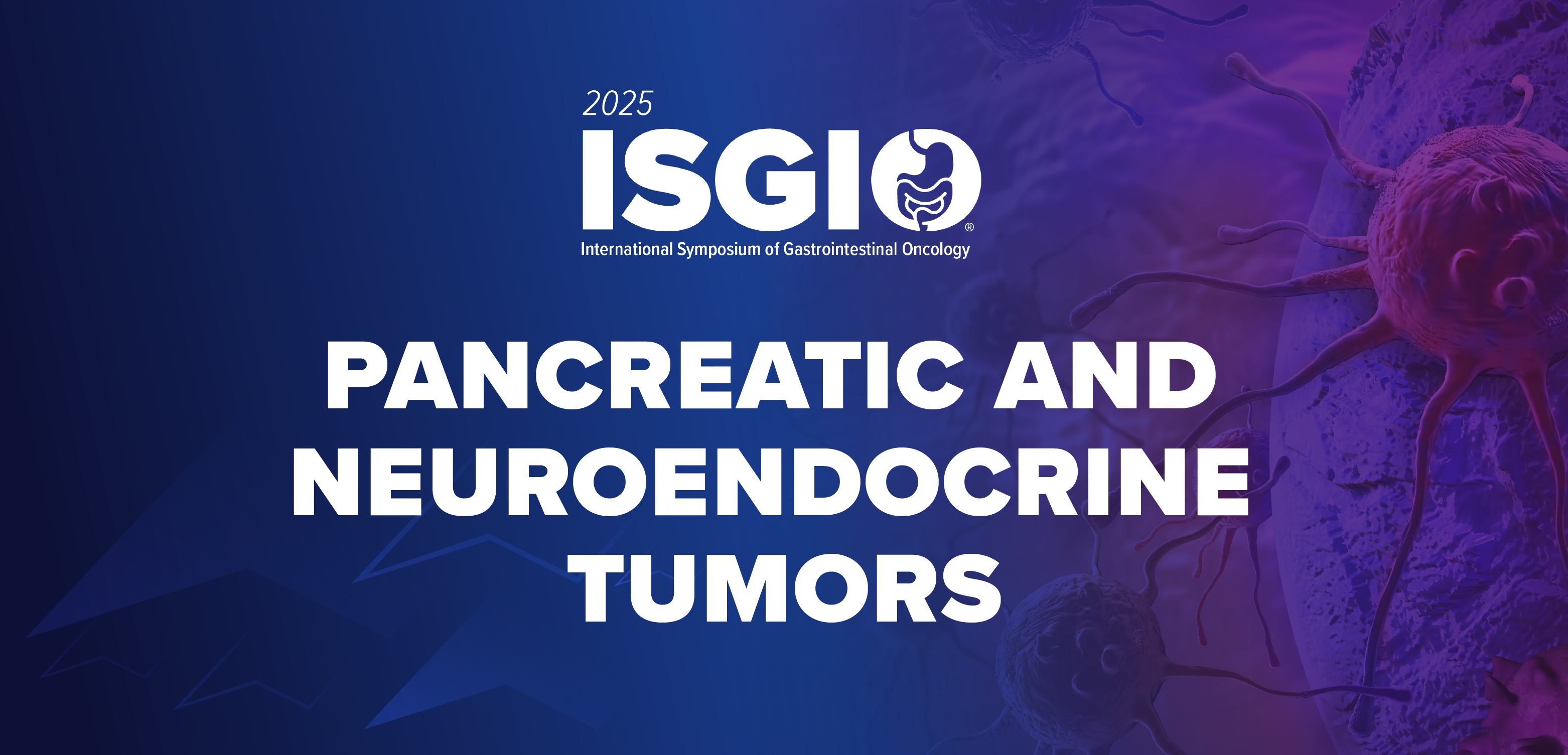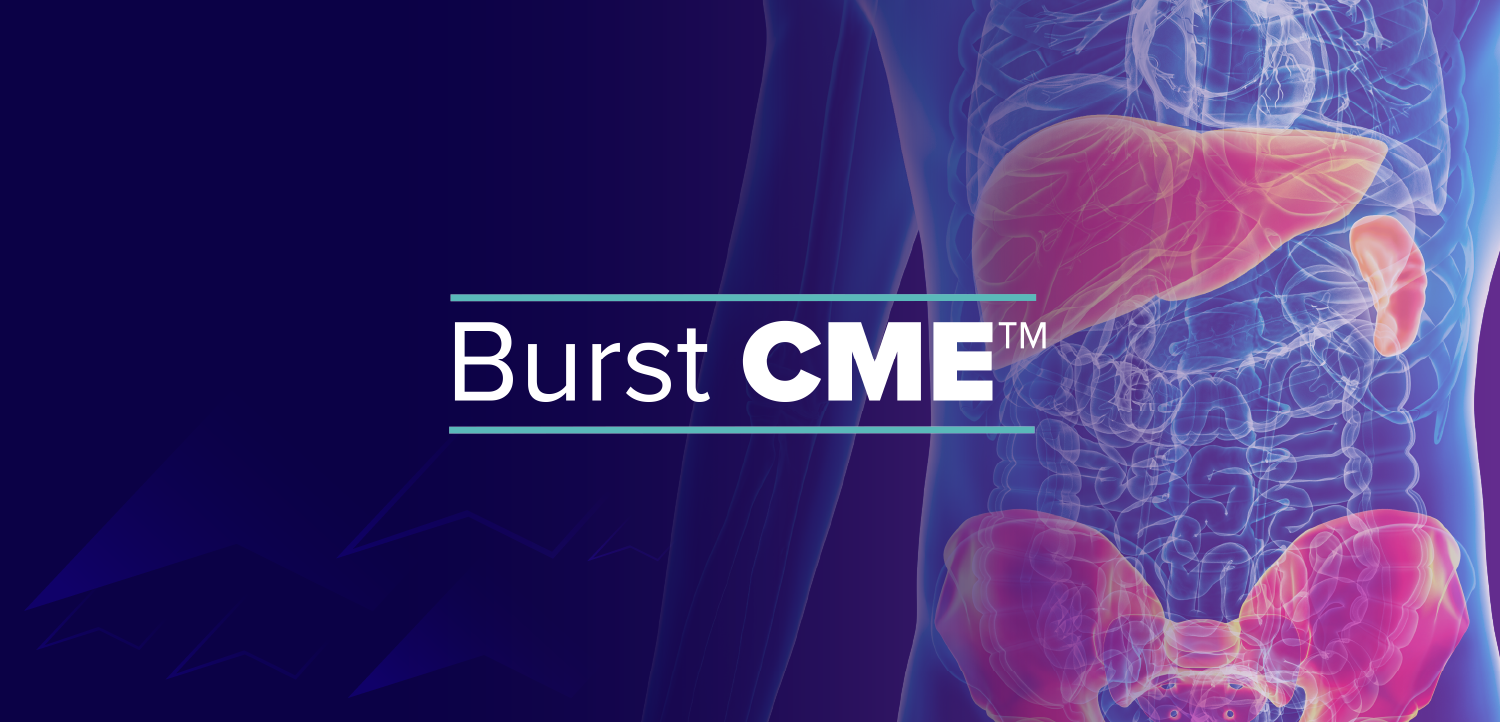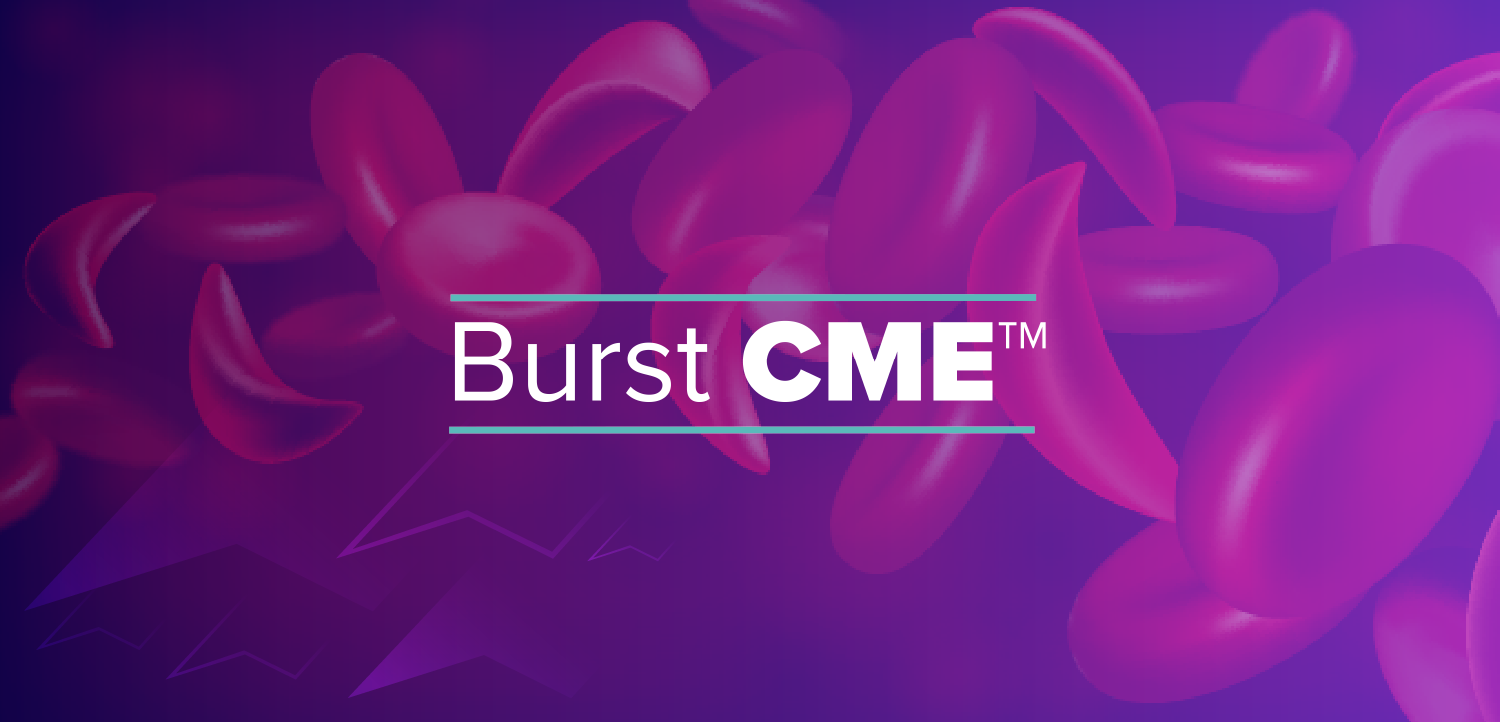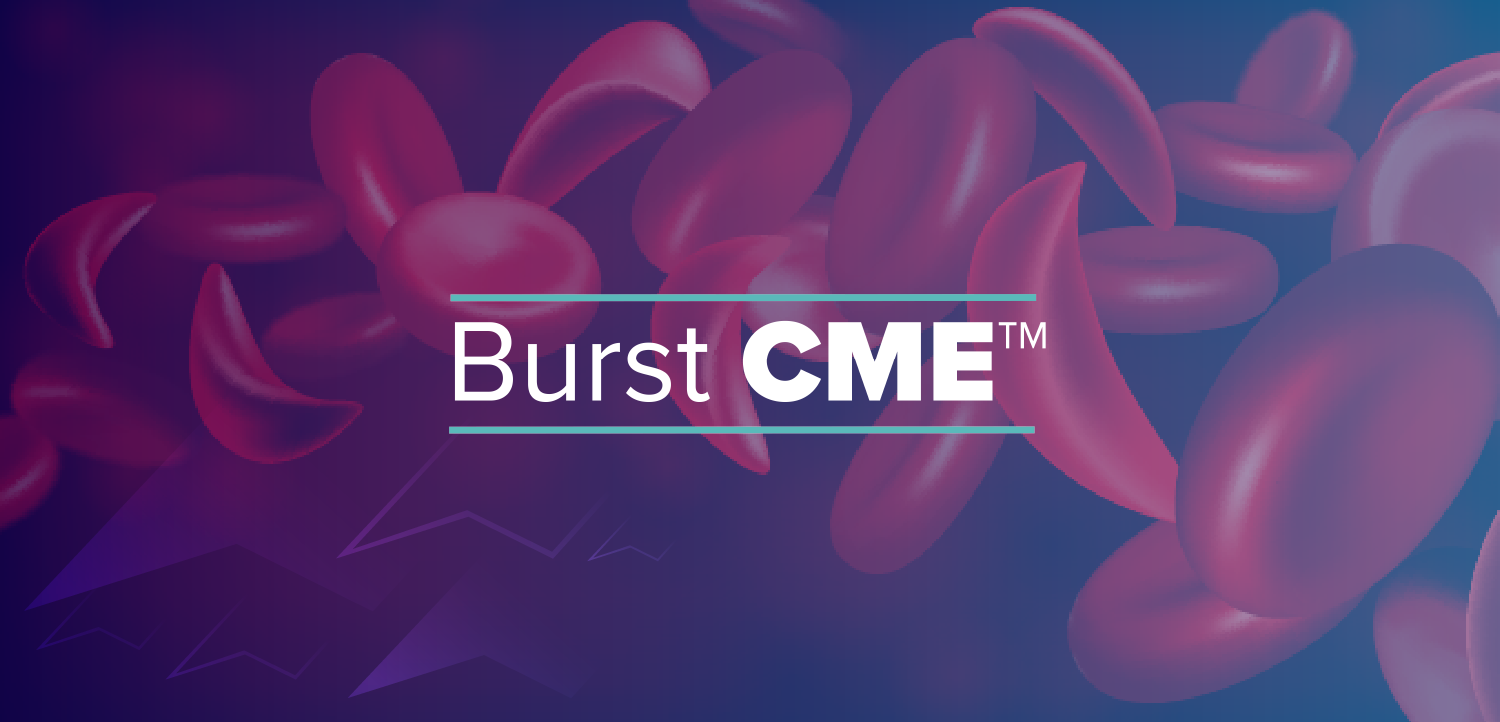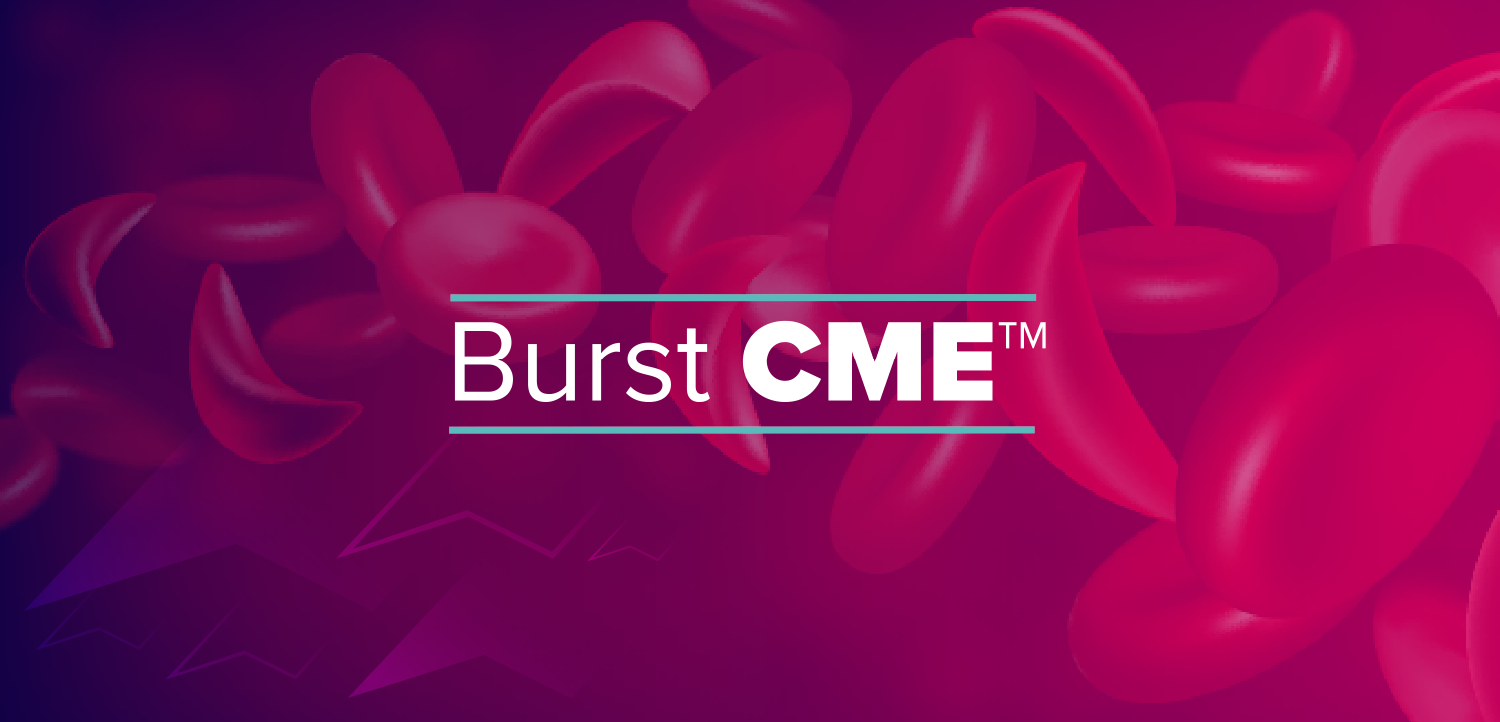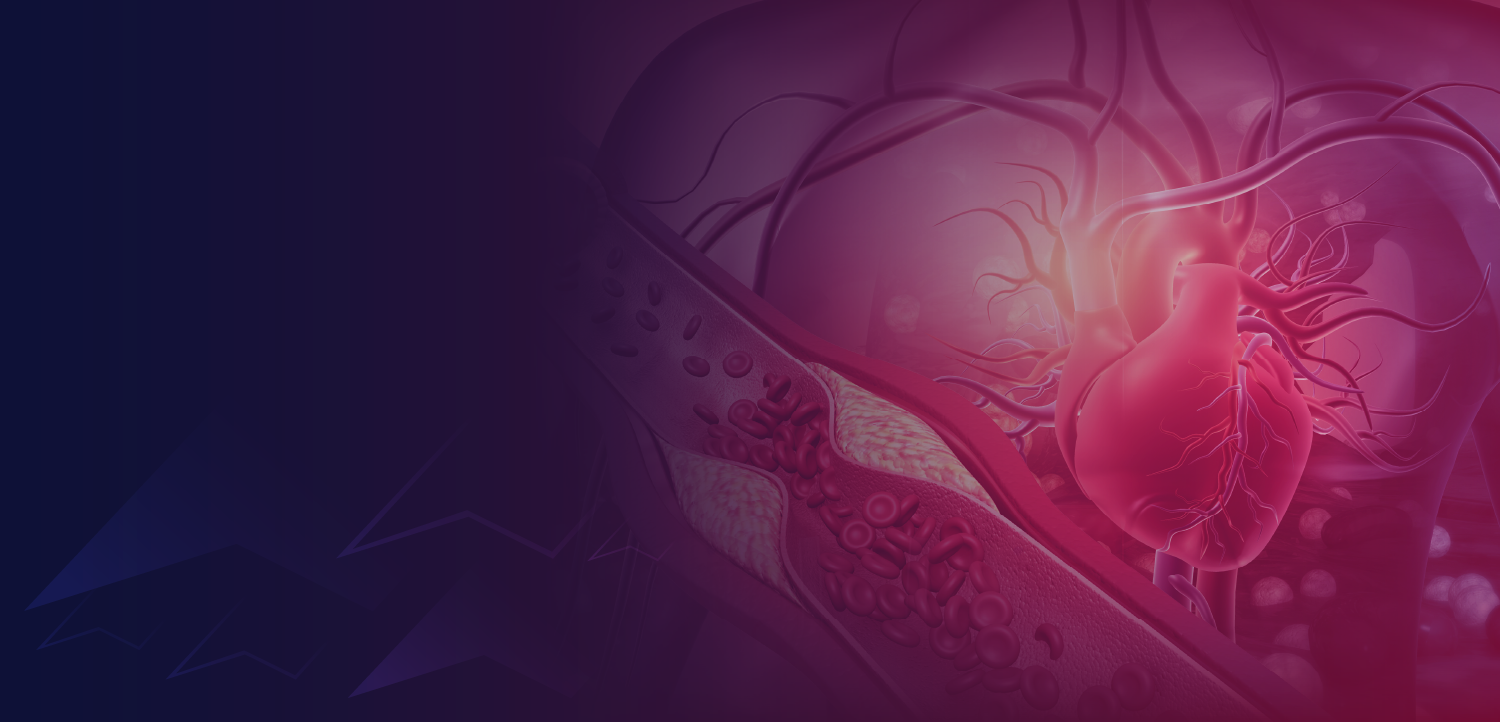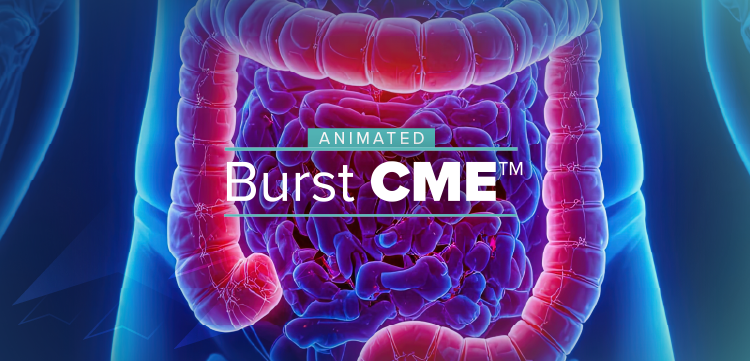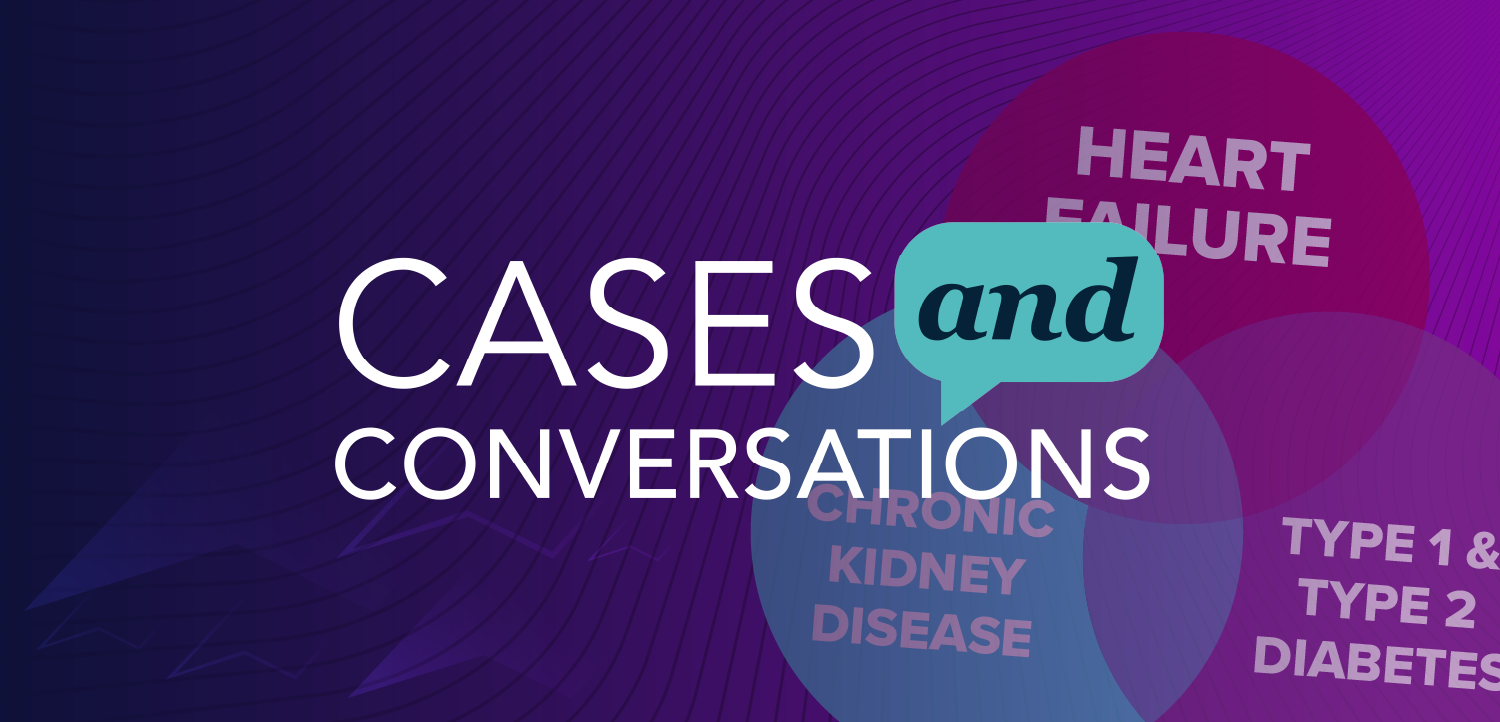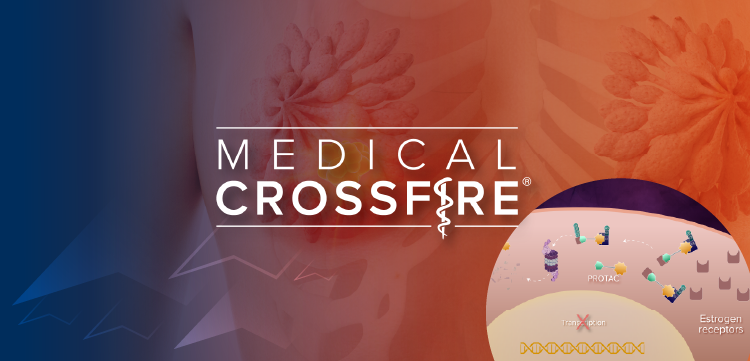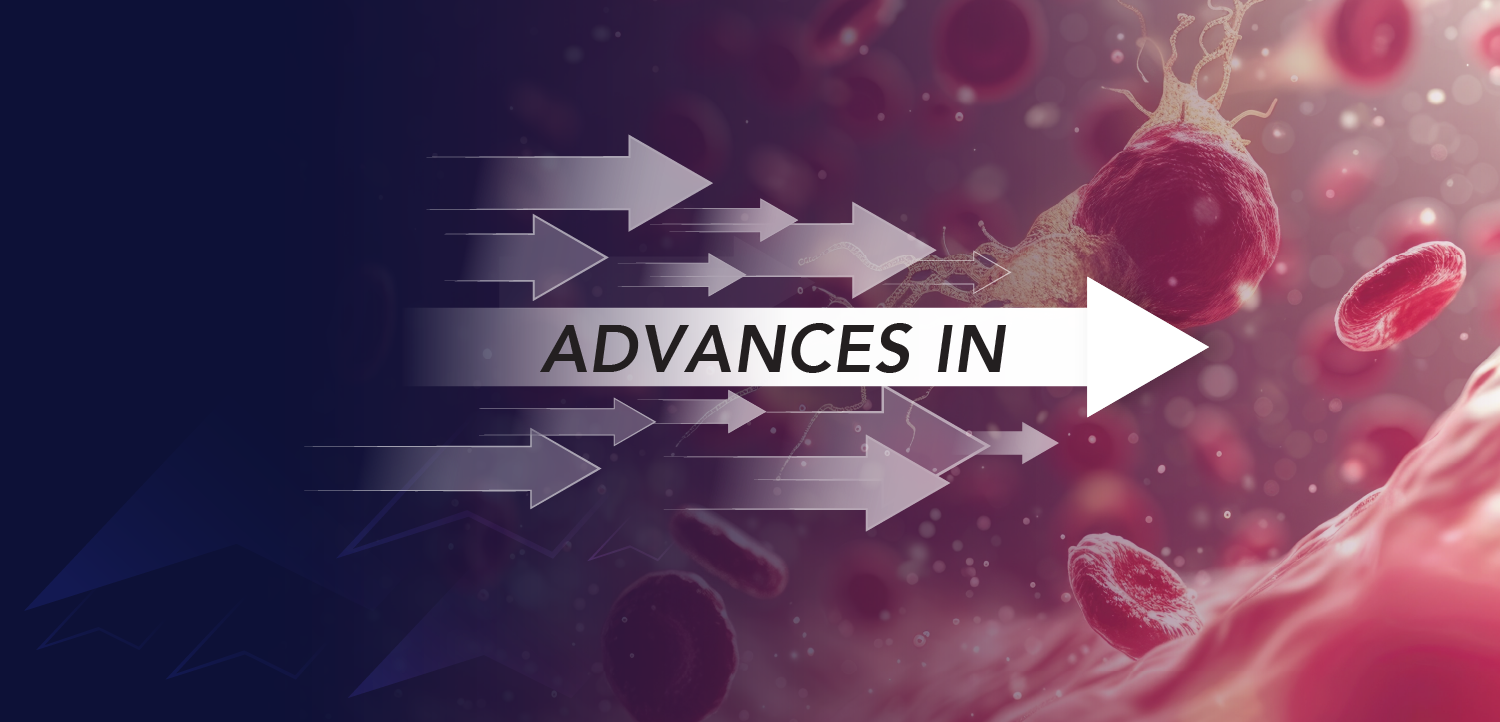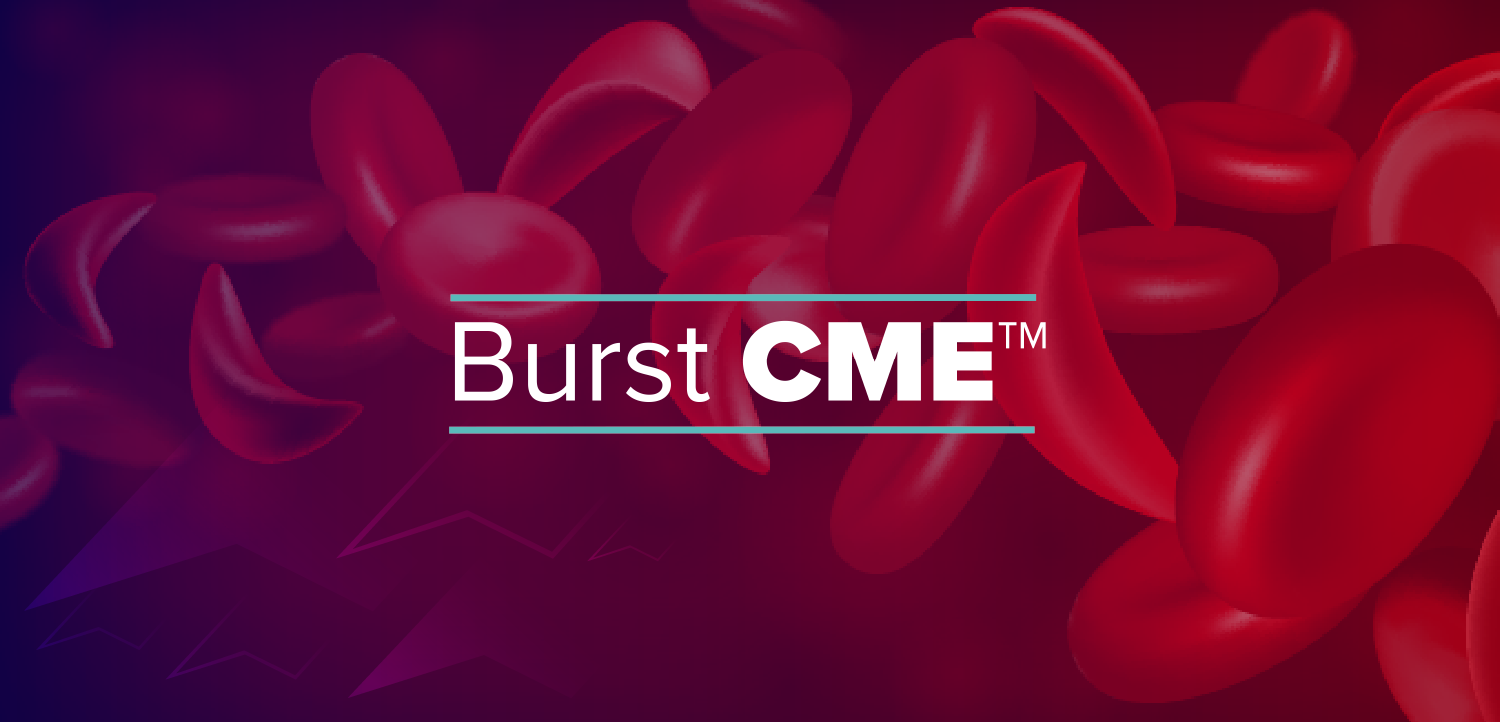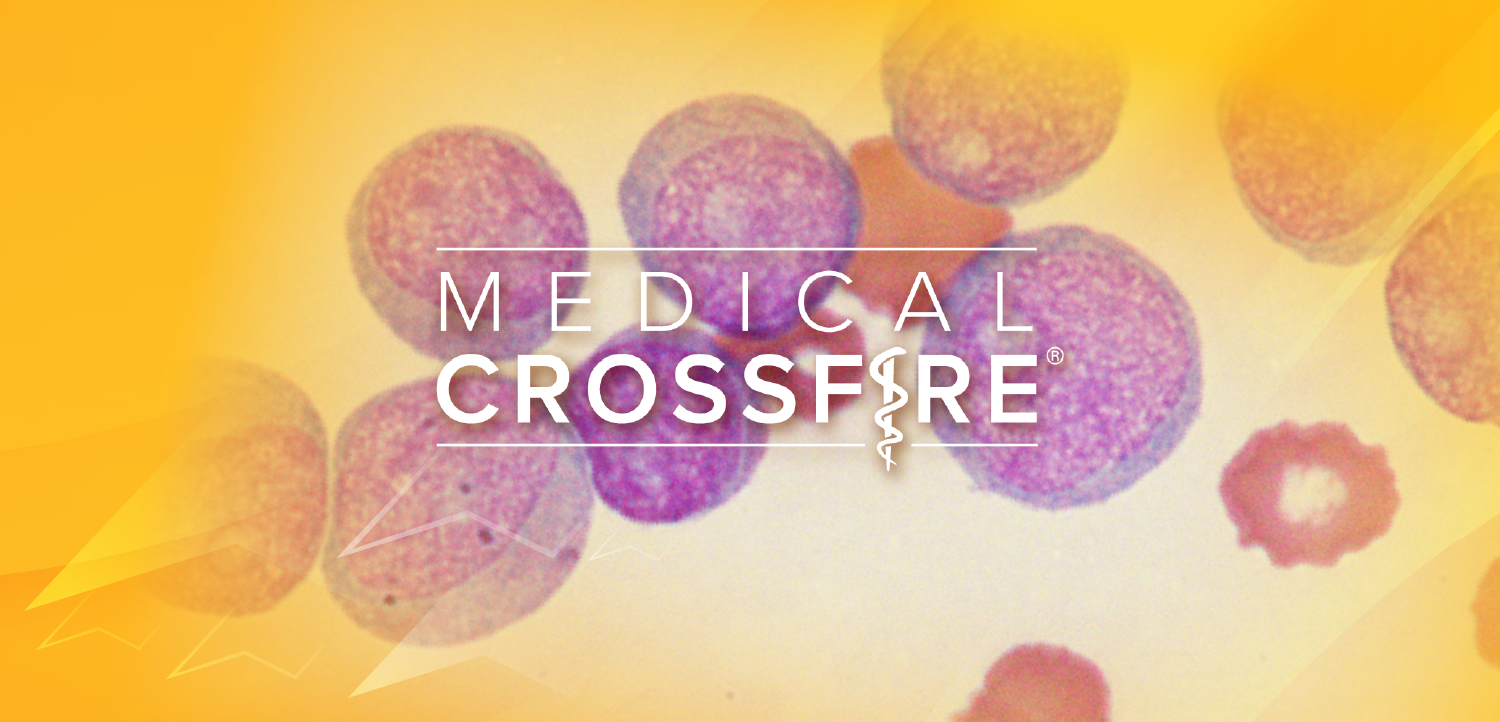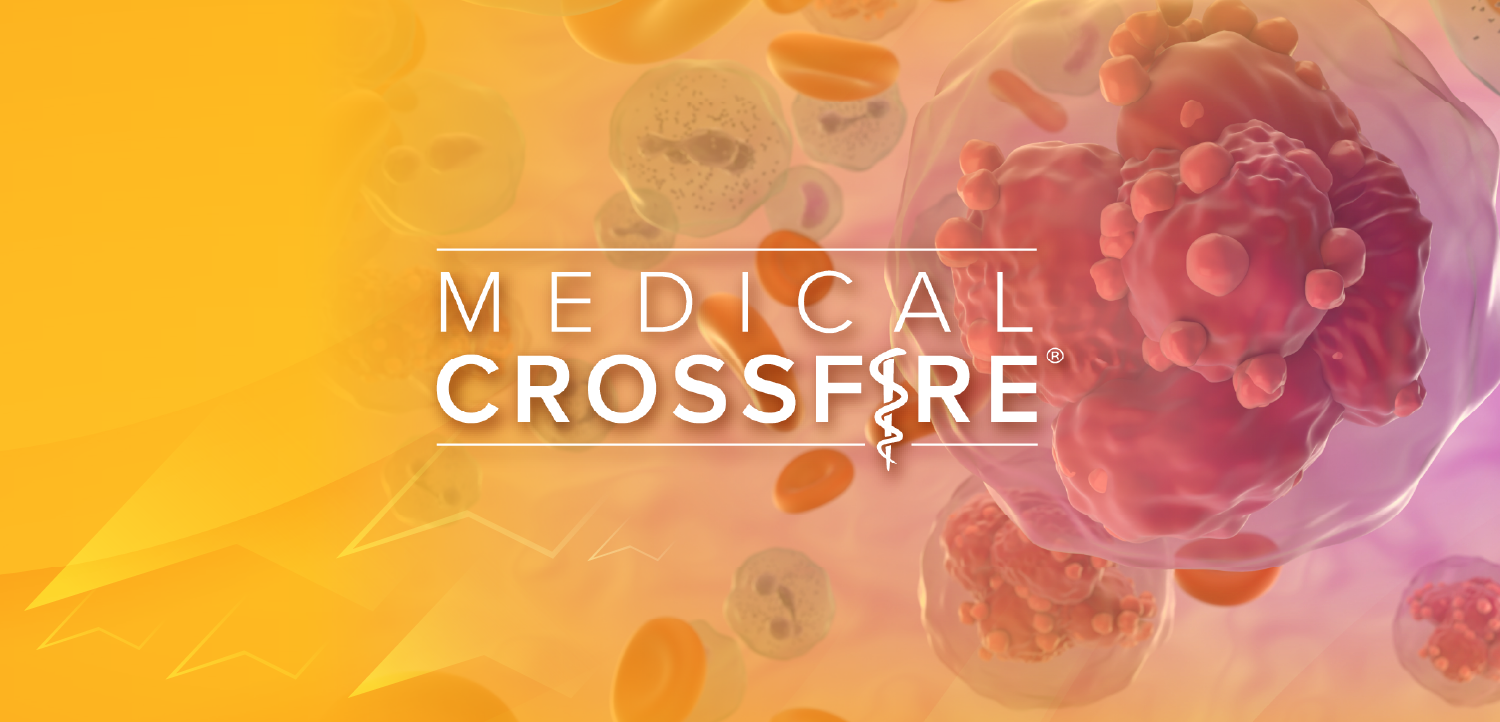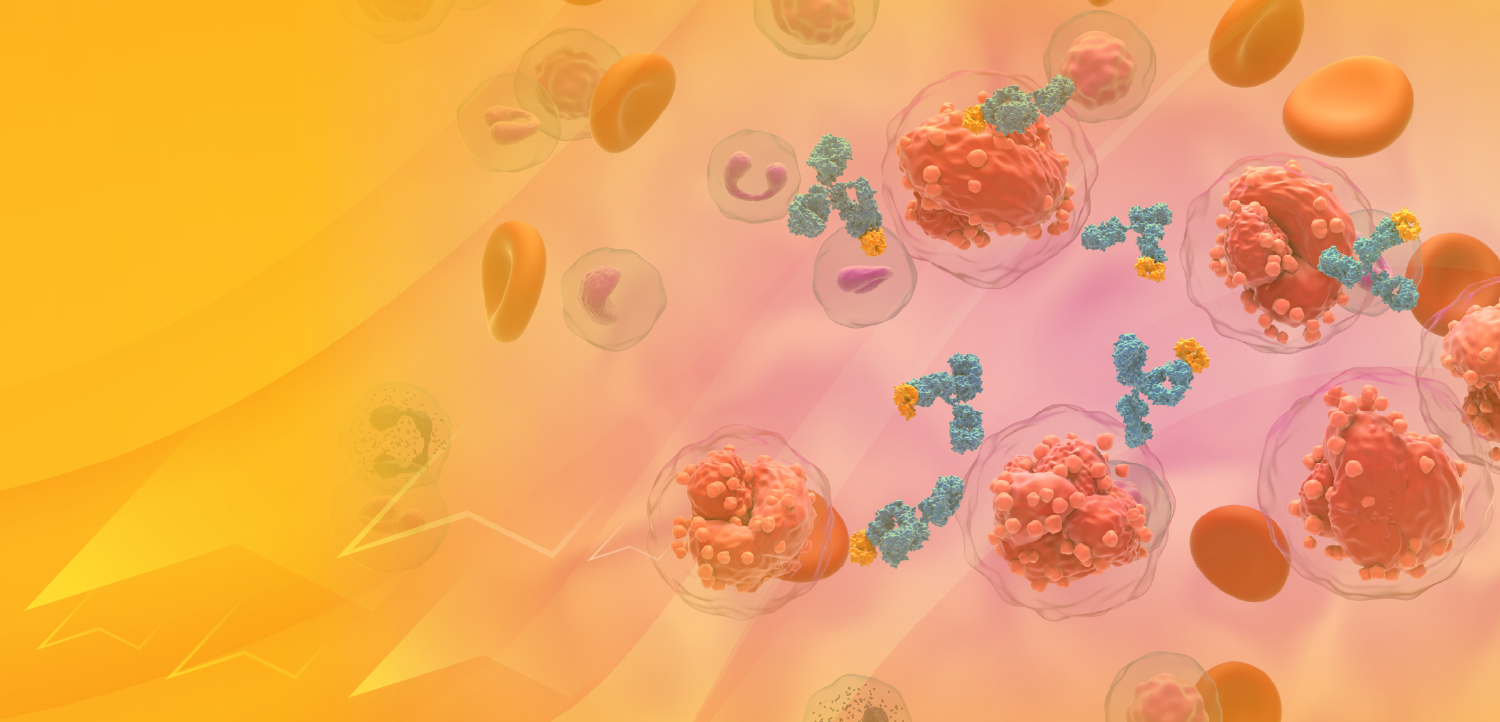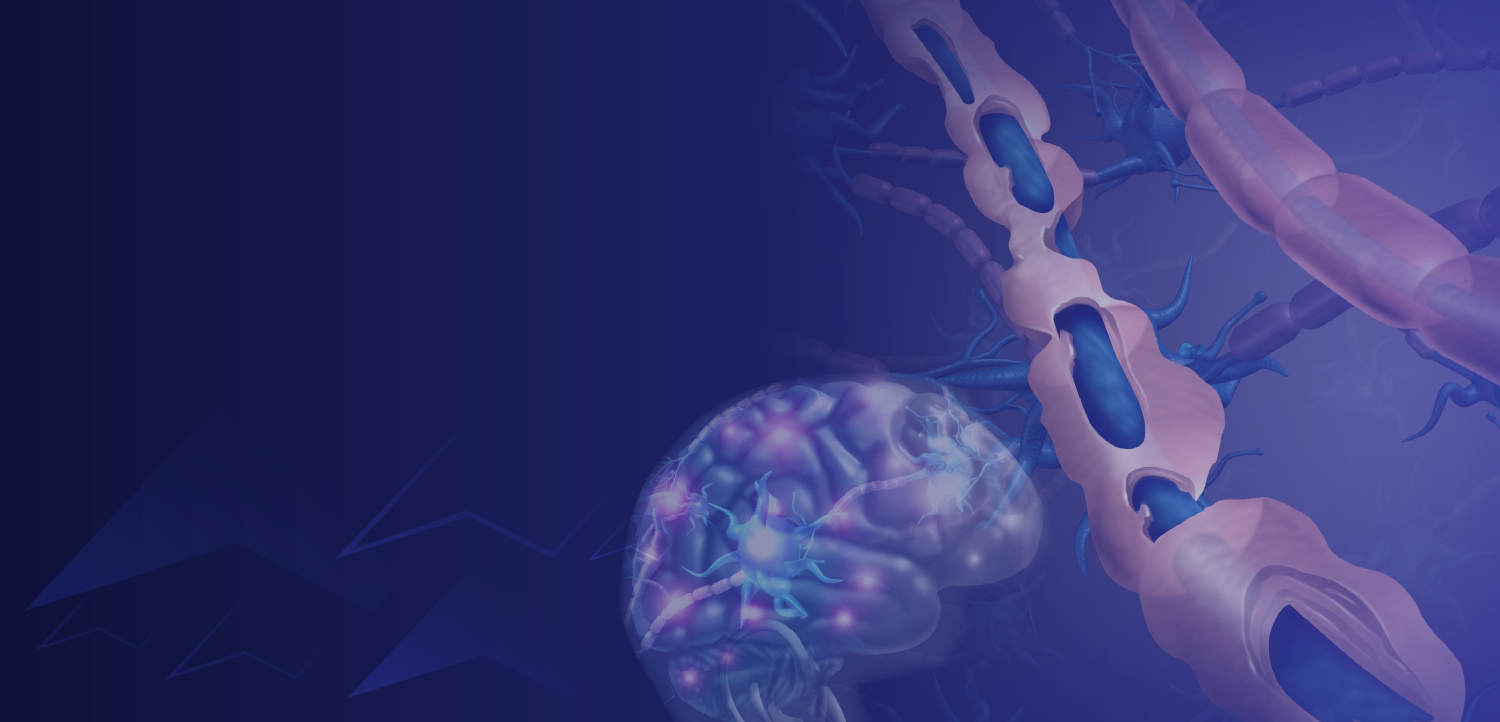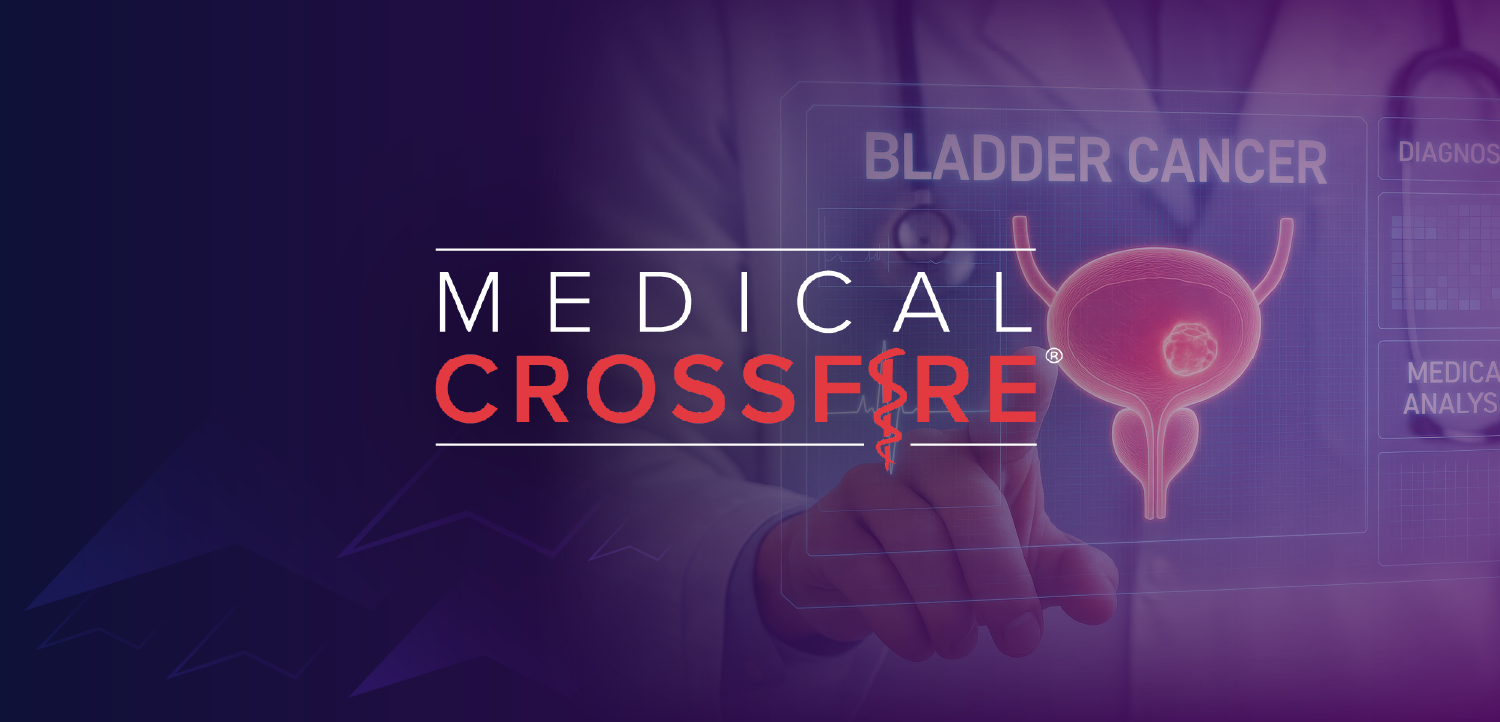
Pain Management in Patients with Obesity: Clinician Insights on Balancing Pharmacological & Lifestyle Approaches
Monu Khanna, MD, discusses common medications, non-drug strategies, and holistic approaches to improve outcomes.
Chronic pain in patients with obesity presents unique challenges for clinicians, as managing pain often involves addressing both physical symptoms and the impact of weight gain, Monu Khanna, MD, told Patient Care in a recent interview. In the video above, Dr Khanna, a board-certified obesity medicine and internal medicine expert, discusses evidence-based strategies for managing pain in individuals with obesity. She reviews common pharmacological options, including NSAIDs, steroids, and neuropathic agents, noting that their benefits must be carefully balanced against risks such as weight gain. She also underscores the importance of holistic, non-pharmacological interventions, including mind-body practices, physical therapy, and the VA’s Whole Health model.
The following transcript has been edited for clarity, flow, and style.
Patient Care: Can you discuss the effectiveness of pharmacological interventions for pain management in patients with obesity?
Monu Khanna, MD: The pharmacological options are generally the same as those used in patients without obesity. The main categories of medications include nonsteroidal anti-inflammatory drugs (NSAIDs), such as ibuprofen, and acetaminophen, which isn't an anti-inflammatory but can help reduce fever and provide pain relief. For flare-ups of pain, we may prescribe a short course of steroids, like prednisone, or sometimes steroid injections. Opioid medications, or narcotics, are another option, and these can be adjusted based on the patient's response.
In addition to these, there are medications specifically for nerve pain, like gabapentin, which is commonly used for neuropathy, and pregabalin. While these pharmaceutical treatments can be effective, many of them can also contribute to weight gain, which creates a bit of a paradox. The medications help manage pain, which may allow the patient to move more, but they also lead to increased appetite and hunger. So, while we’re addressing the pain, we may unintentionally be exacerbating the underlying issue of weight gain, leading us down a slippery slope.
Patient Care: What non-pharmacological approaches have shown promise in alleviating pain in patients with obesity?
Dr Khanna: That’s such an important part of the conversation because, with pharmaceuticals, we can only do so much, especially considering the risks for patients with obesity. A holistic, mind-body-soul approach is key, and I think the VA does an excellent job with this, particularly through its Whole Health program. It focuses on treating the whole person—mental health, physical health, and spiritual health—and I think this approach really makes a difference.
There’s a lot of truth in the idea that your pain can be influenced by your emotional state. For instance, chronic arthritis pain doesn’t change dramatically day-to-day, but we all know that pain can intensify when there’s stress, a change in the weather, or a personal situation, like family illness. So, our emotional well-being can definitely affect how much we feel pain.
As for non-pharmacological approaches, there are several strategies patients can try at home. A simple and effective one is the R.I.C.E. acronym: Rest, Ice, Compression, and Elevation, which can help alleviate pain in an injured body part. Other options include massage therapy, acupressure, acupuncture, and spinal or chiropractic adjustments. Gentle exercises like yoga, stretching, and Tai Chi can also be beneficial. And, of course, something as simple as a hot water bottle or a hot compress can provide relief. These are all simple, non-pharmaceutical options that can help patients manage pain with minimal risk of complications.
Newsletter
Enhance your clinical practice with the Patient Care newsletter, offering the latest evidence-based guidelines, diagnostic insights, and treatment strategies for primary care physicians.














































































































































